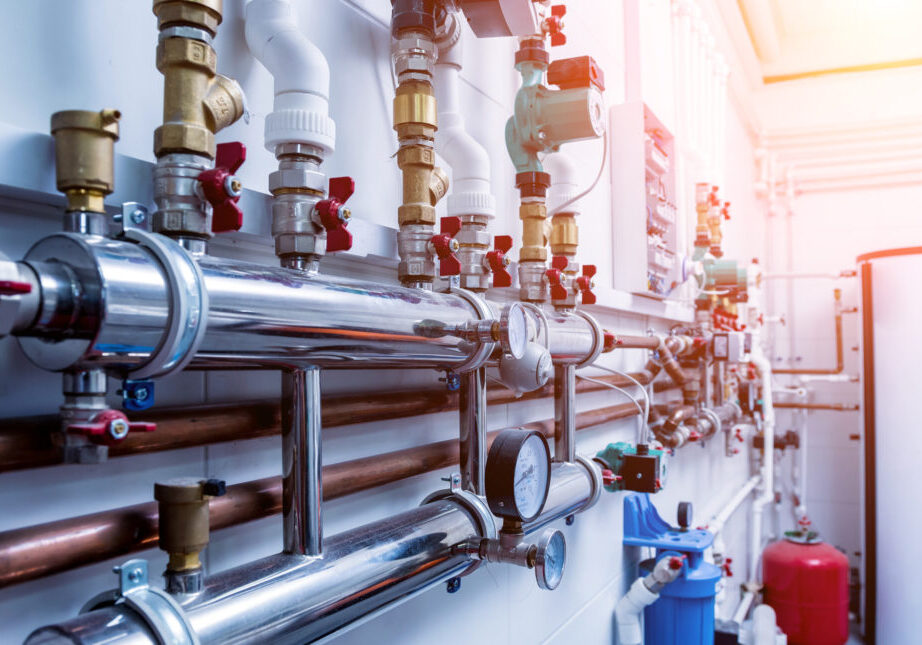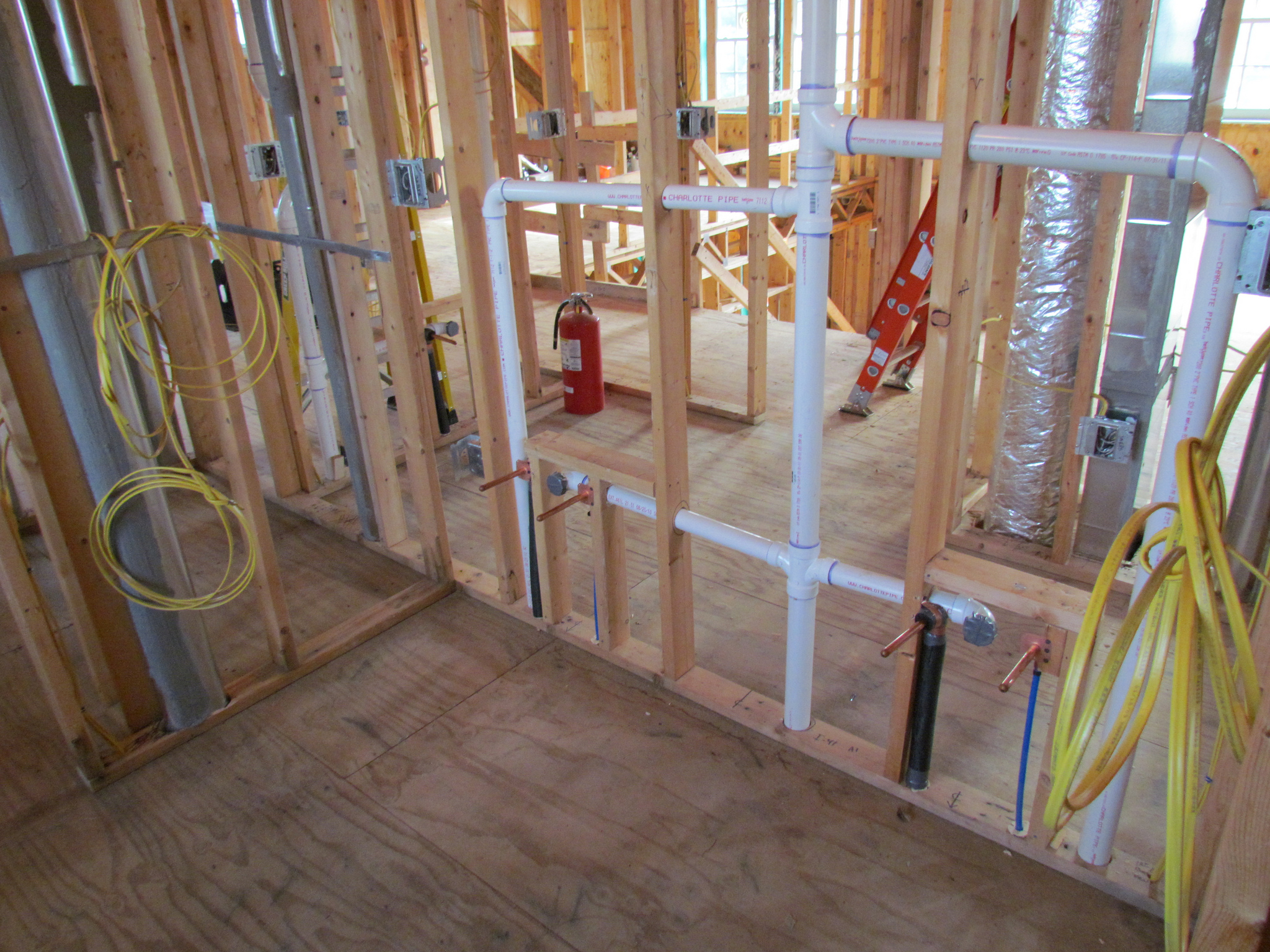Structure of Your Home's Plumbing System: Why It Matters
Structure of Your Home's Plumbing System: Why It Matters
Blog Article
Are you currently trying to find selective information on Plumbing Installation 101: All You Need to Know?

Recognizing just how your home's plumbing system works is necessary for every single home owner. From supplying tidy water for alcohol consumption, food preparation, and showering to securely eliminating wastewater, a well-kept pipes system is important for your household's health and wellness and comfort. In this extensive guide, we'll explore the intricate network that composes your home's pipes and deal ideas on maintenance, upgrades, and handling usual concerns.
Intro
Your home's pipes system is greater than just a network of pipes; it's a complex system that guarantees you have access to clean water and efficient wastewater elimination. Recognizing its elements and exactly how they work together can aid you protect against expensive repair work and guarantee everything runs efficiently.
Fundamental Components of a Plumbing System
Pipelines and Tubing
At the heart of your plumbing system are the pipelines and tubes that bring water throughout your home. These can be made of numerous products such as copper, PVC, or PEX, each with its advantages in regards to toughness and cost-effectiveness.
Fixtures: Sinks, Toilets, Showers, etc.
Components like sinks, bathrooms, showers, and bathtubs are where water is made use of in your house. Understanding just how these components connect to the pipes system assists in diagnosing issues and planning upgrades.
Valves and Shut-off Factors
Valves regulate the circulation of water in your plumbing system. Shut-off shutoffs are important during emergency situations or when you need to make fixings, enabling you to isolate parts of the system without interrupting water circulation to the entire house.
Water System System
Main Water Line
The major water line links your home to the metropolitan water system or a private well. It's where water enters your home and is dispersed to various components.
Water Meter and Pressure Regulatory Authority
The water meter measures your water use, while a pressure regulatory authority ensures that water moves at a safe stress throughout your home's plumbing system, stopping damage to pipes and components.
Cold Water vs. Hot Water Lines
Recognizing the difference between cold water lines, which provide water directly from the major, and hot water lines, which bring heated water from the water heater, aids in troubleshooting and preparing for upgrades.
Drainage System
Drain Piping and Traps
Drain pipelines carry wastewater far from sinks, showers, and commodes to the drain or septic system. Traps stop sewage system gases from entering your home and also catch particles that could trigger obstructions.
Ventilation Pipes
Air flow pipes enable air right into the water drainage system, avoiding suction that might reduce drainage and trigger catches to empty. Proper air flow is crucial for maintaining the stability of your pipes system.
Importance of Proper Drain
Making certain proper drainage stops back-ups and water damage. Frequently cleaning up drains pipes and keeping traps can stop pricey repairs and extend the life of your plumbing system.
Water Heater
Sorts Of Hot Water Heater
Hot water heater can be tankless or traditional tank-style. Tankless heaters heat water on demand, while storage tanks keep warmed water for prompt usage.
Updating Your Pipes System
Factors for Updating
Upgrading to water-efficient fixtures or replacing old pipes can improve water high quality, decrease water expenses, and boost the worth of your home.
Modern Pipes Technologies and Their Advantages
Explore innovations like wise leak detectors, water-saving bathrooms, and energy-efficient water heaters that can save money and decrease environmental influence.
Price Factors To Consider and ROI
Compute the ahead of time prices versus lasting financial savings when taking into consideration pipes upgrades. Lots of upgrades spend for themselves with minimized utility bills and fewer repair work.
Exactly How Water Heaters Connect to the Plumbing System
Understanding just how hot water heater link to both the cold water supply and hot water distribution lines helps in detecting concerns like not enough hot water or leaks.
Maintenance Tips for Water Heaters
Regularly purging your hot water heater to eliminate sediment, checking the temperature level setups, and inspecting for leaks can extend its lifespan and improve energy efficiency.
Usual Pipes Concerns
Leakages and Their Reasons
Leakages can happen because of aging pipes, loose fittings, or high water pressure. Addressing leaks promptly stops water damages and mold and mildew growth.
Blockages and Clogs
Obstructions in drains pipes and commodes are typically caused by purging non-flushable things or a build-up of oil and hair. Utilizing drain screens and bearing in mind what drops your drains pipes can avoid clogs.
Indicators of Pipes Issues to Watch For
Low water stress, sluggish drains, foul odors, or unusually high water costs are indicators of prospective plumbing problems that need to be attended to quickly.
Pipes Upkeep Tips
Regular Inspections and Checks
Arrange annual pipes evaluations to catch concerns early. Try to find signs of leakages, rust, or mineral accumulation in taps and showerheads.
Do It Yourself Maintenance Tasks
Simple jobs like cleaning tap aerators, looking for toilet leakages utilizing dye tablet computers, or protecting exposed pipes in cool climates can protect against major plumbing issues.
When to Call a Specialist Plumber
Know when a pipes problem calls for expert competence. Attempting complex repair services without appropriate expertise can cause more damage and greater repair work prices.
Tips for Minimizing Water Usage
Simple behaviors like taking care of leakages immediately, taking shorter showers, and running complete loads of washing and meals can conserve water and reduced your energy expenses.
Eco-Friendly Pipes Options
Take into consideration sustainable pipes materials like bamboo for flooring, which is durable and eco-friendly, or recycled glass for counter tops.
Emergency situation Preparedness
Steps to Take Throughout a Plumbing Emergency
Know where your shut-off shutoffs are located and exactly how to switch off the water supply in case of a burst pipeline or significant leak.
Significance of Having Emergency Situation Contacts Useful
Keep call information for regional plumbing professionals or emergency services easily available for fast response throughout a plumbing dilemma.
Environmental Effect and Preservation
Water-Saving Fixtures and Home Appliances
Installing low-flow faucets, showerheads, and commodes can dramatically decrease water use without giving up performance.
Do It Yourself Emergency Fixes (When Suitable).
Temporary fixes like utilizing air duct tape to spot a leaking pipe or positioning a bucket under a dripping faucet can decrease damage until an expert plumbing technician arrives.
Conclusion.
Comprehending the makeup of your home's pipes system empowers you to preserve it properly, conserving time and money on repair work. By complying with routine upkeep routines and staying informed regarding modern-day pipes modern technologies, you can ensure your plumbing system operates effectively for several years to come.
HOW YOUR PLUMBING SYSTEM WORKS
Which Pipes Do What?
Blue lines = fresh water supply entering the building Red lines = hot water supply entering the building Grey lines = pipes carrying waste away from the building and venting pipes carrying gases away from the building (through the roof) YOUR MAIN PLUMBING SYSTEMS
There are two main plumbing systems that support your home s basic plumbing needs one that brings clean water into your home, and one that sends dirty water away from your home. Connected to the toilet, bath, shower, and other faucets in your home, these two systems keep your water flowing in the right directions.
ACCESSING FRESH WATER
Fresh and clean water is brought into your home through the main water supply line . Filtered through one pipe, this water is pressured to flow into the various fixtures in your home at any given time.
This water can be sourced from a well located on your property, a pond or river (mostly cottages), or, as in most cases, from the city s municipal water treatment centre. However, it is important to note that water that is untreated, such as the water siphoned from ponds or rivers, may not be safe to drink. Personal water supplies always need to be treated for hardness and contaminants before consumed.
MUNICIPAL WATER SUPPLIES
Improve taste and odour Remove sediment Eliminate hardness Reduce chlorine COLD WATER SUPPLY VS. HOT WATER SUPPLY
Cold water flows into your home or building through the service line, which then distributes hot or cold water to your fixtures. This line is most commonly run through a central column that runs floor to floor. Hot water runs in short and straight pipes as the longer the pipeline, the more heat that will be lost in the transfer. Having shorter pipes also allows residents to access hot water more quickly.
WASTE WATER SYSTEM
Your wastewater system is divided into two parts pipes that send wastewater away from your home and venting pipes that send sewer gas away from your home. Sewage water travels through pipes that flush the water and waste towards local sewers that are operated and managed by your city or town. Most sewer systems rely on gravity to move the wastewater to where it needs to go.
The further away from your toilet or sink, the larger wastewater pipes become. This allows for waste to be disposed of from various parts of your home or business at once without pipe blockages. The angle and flow of these pipes are also essential for keeping your waste pipes clear of build up.
https://harrisplumbing.ca/how-your-home-plumbing-system-works/

I discovered that blog entry about The Inner Workings of Your Home's Plumbing while doing a search on the web. Appreciated our posting? Please share it. Let someone else find it. Thanks a lot for taking the time to read it.
This Resource Report this page